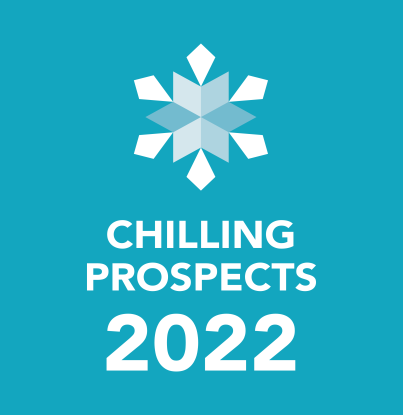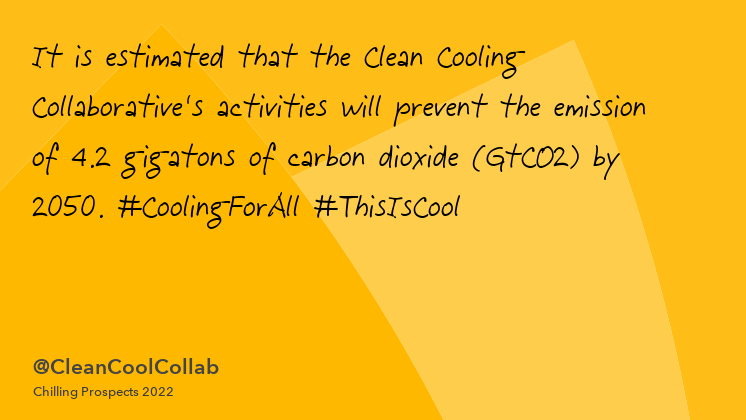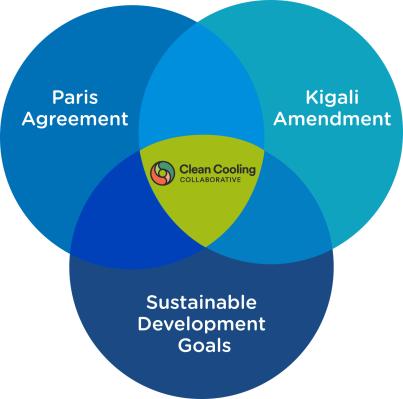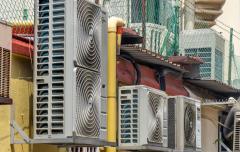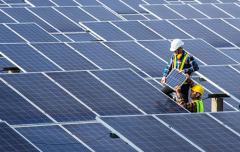Chilling Prospects 2022: Catalytic finance for energy-efficient, climate-friendly cooling for all in 2050
|
Reflections on five years of the Kigali Amendment by the Clean Cooling Collaborative (formerly K-CEP) |
In 2016, 17 leading climate foundations and individual donors came together ahead of the Montreal Protocol meeting in Kigali, Rwanda, and pledged more than USD 50 million to create the largest-ever fund of its kind for action on energy-efficient, climate-friendly cooling. The following spring, the Kigali Cooling Efficiency Program (K-CEP) was established.
K-CEP was charged with strategically programming the funds to advance cooling appliance efficiency reforms alongside efforts to support the implementation of the global phasedown of hydrofluorocarbons (HFCs) under the Kigali Amendment to the Montreal Protocol. If fully implemented over the next few decades, the Kigali Amendment has the potential to avoid up to 0.4°C of global warming by the end of the century, with the enhanced energy efficiency of cooling doubling those climate benefits. Action on energy-efficient, climate-friendly cooling has the potential to significantly boost global climate action efforts.
K-CEP aimed to create meaningful impact and catalyze transformation within the cooling sector through work on institutional strengthening for efficiency; policies, standards, and programmes; finance; and increasing access to cooling.
During the first four years of the programme, K-CEP granted USD 50 million to 54 partner organizations for projects in 57 countries. This work not only produced quantifiable results but created the infrastructure and momentum necessary for continued impact within the cooling sector.
